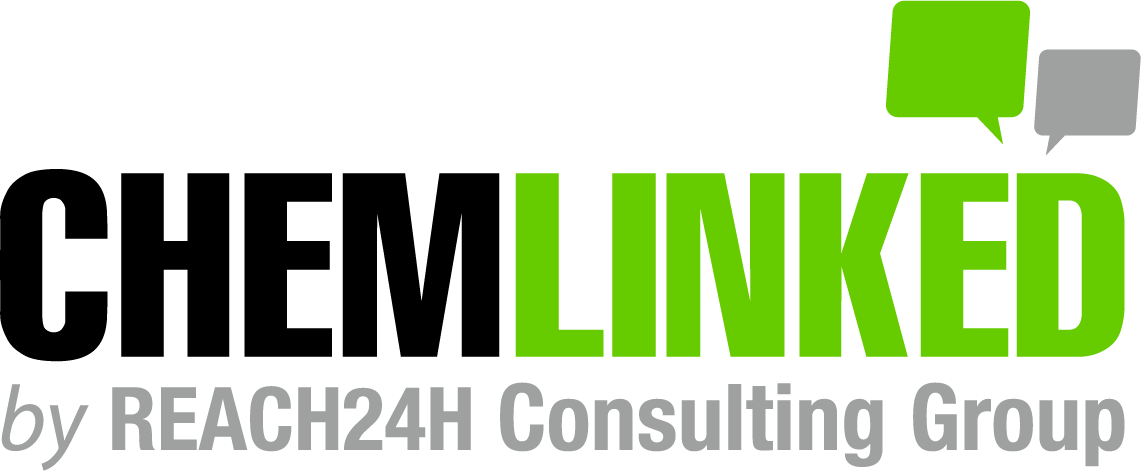On June 5, 2023, the Environment and Labor Committee proposed to legislate the Special Act on Microplastic Reduce and Control (Act)1. The consultation period is set to end on June 26, 2023.
Microplastics generated from everyday-used plastic products is being blamed for causing a series of health hazards and environmental problems. However, in South Korea, although there are limits to using plastics, such like the ban of colorful plastics and PET bottles in South Korea, the regulations to reduce and control the usage of microplastic generation are insufficient. Part of the reason is the lack of surveys and impact studies on microplastics. Therefore, the authority now enacts the law to establish a comprehensive countermeasure system to microplastic, including surveys on microplastics, microplastic’s usage, emission, and reduction, in order to protect public health and the environment.
The main contents are as below:
1. Definitions
The Act defines microplastics as solid plastic particles less than five millimeters in diameter that are insoluble in water. It classifies them into primary and secondary microplastics following the ways they are generated.
"Primary microplastics" refer to microplastics that are artificially or intentionally manufactured to be utilized for specific functions and applications. "Secondary microplastics" are microplastics generated in the process of using plastic products and microplastics decomposed from plastic waste when they are exposed to wind, ocean currents, ultraviolet radiation, high temperatures, etc.
2. Business Entity’s Obligation
The responsibilities of national and local governments, businesses entity, and the citizens to reduce and manage microplastics are specified individually.
According to the proposals, the business entities are required to take necessary measures to reduce and manage the generation and emission of microplastics in all links in the reproduction chain, including the input of resources and the production, and should follow the government's policies.
3. Comprehensive Plan for Microplastic Management
The Act also requires the Minister of Environment to establish and implement a comprehensive plan for microplastic management every five years, to curb the generation of microplastics and adequately manage the emission. A “Microplastics Countermeasures Committee” will also be established to supervise the plan's implementation.
4. Prohibition of Manufacture and Importation of Improper Microplastic Products
Products containing primary microplastics over the safety standard are prohibited from being manufactured or imported.
It's also forbidden to manufacture or import products that may cause direct contact with microplastics when being used. The product scope includes:
"Health functional food" specified under Health Functional Food Act2
"Daily chemical product subject to safety verification” specified under Consumer Chemical Products and Biocides Safety Control Act3
"Quasi-drug" specified under Pharmaceutical Affairs Act4
"Cosmetics" specified under Cosmetics Act5
The Act also prohibits the sale, manufacture, and import of plastic products as well as electrical and electronic products that are likely to emit secondary microplastics above the emission limits during the production, distribution, use, and disposal of the products.
5. Other Movements to Manage Microplastics
To create a foundation for microplastic management, the government shall conduct microplastics surveys, research and development, and designate a microplastic research and management center responsible for investigating and developing measures, thus to prevent and manage health damage caused by microplastics. Besides, requirements related to microplastic emission and marine pollution control are also included in the Act.
ChemLinked Notes
Although the “safety standard” for using primary microplastics and the “emission standard” for secondary microplastics are not specified in the draft, the Korean authority has finished the first step forward to comprehensively control microplastic pollution. The business entity’s obligation is clarified in the draft, that business entities are responsible for microplastic control from the resource input to product procession. More details in subordinary laws need to be published to finalize the legislative scheme for microplastic control. ChemLinked will keep on updating the news on this topic and will release a new website about sustainability soon. Please stay tuned on ChemLinked.
Read More



 We provide full-scale global cosmetic market entry services (including cosmetic registering & filing, regulatory consultation, customized training, market research, branding strategy). Please contact us to discuss how we can help you by
We provide full-scale global cosmetic market entry services (including cosmetic registering & filing, regulatory consultation, customized training, market research, branding strategy). Please contact us to discuss how we can help you by 









